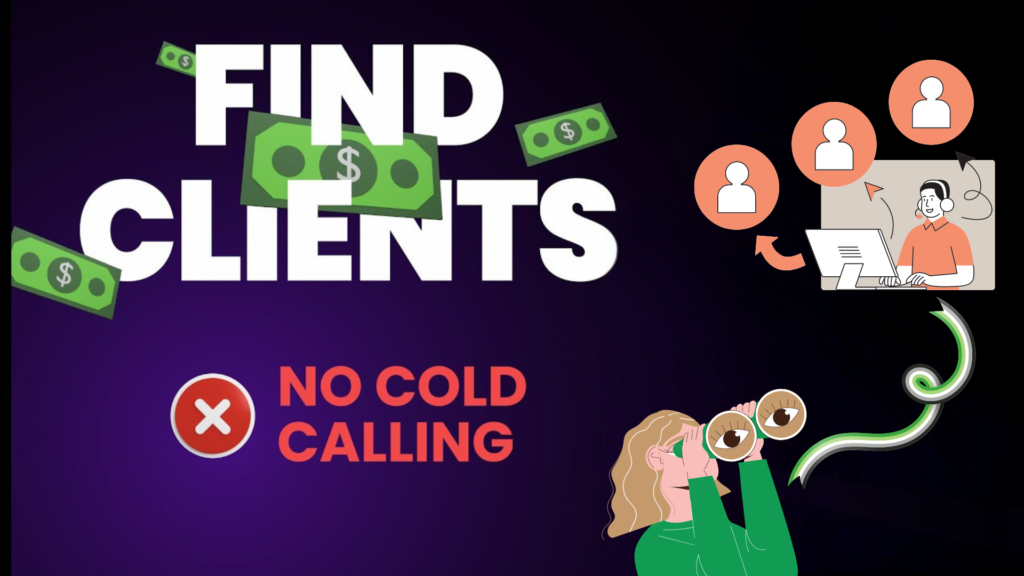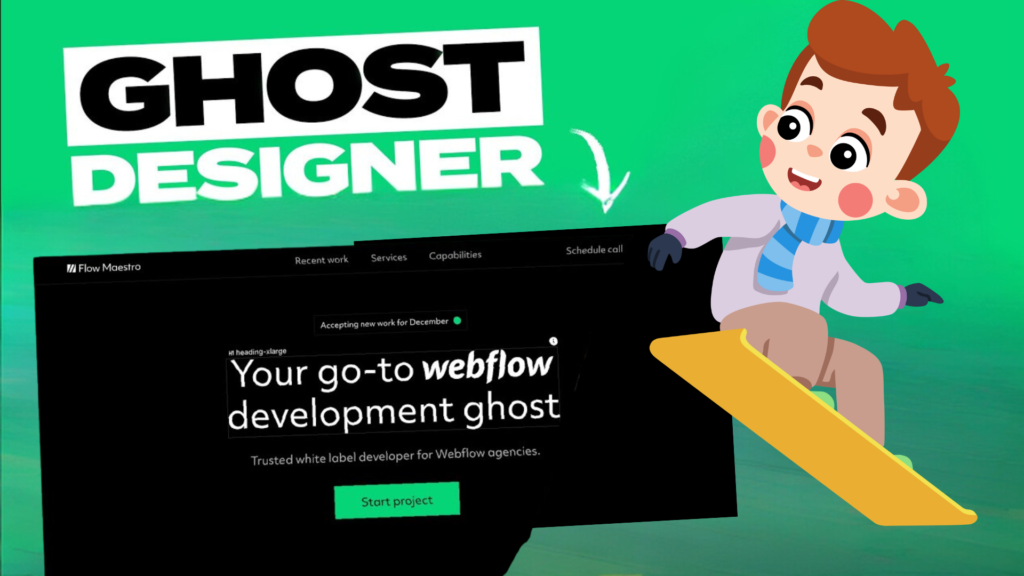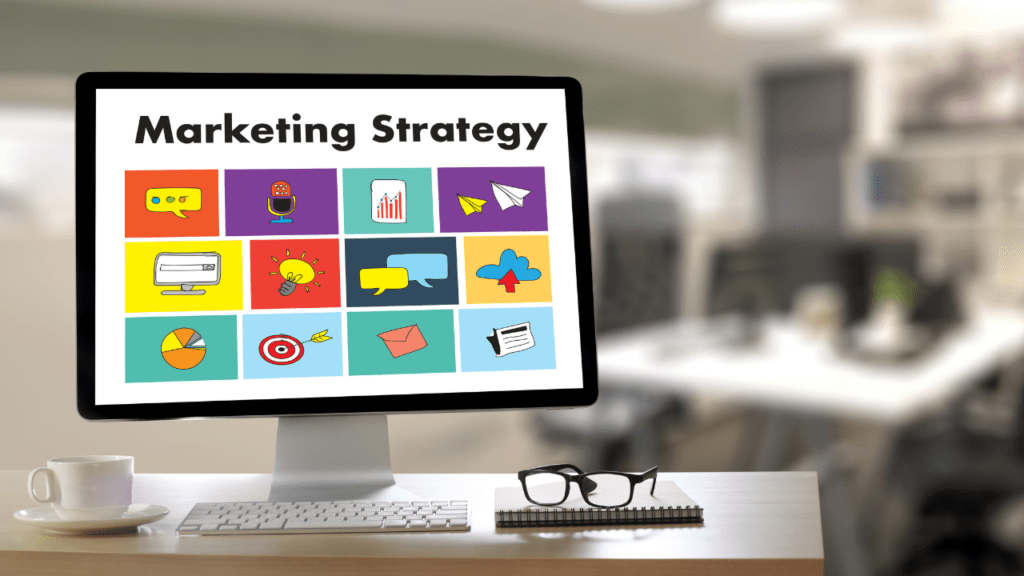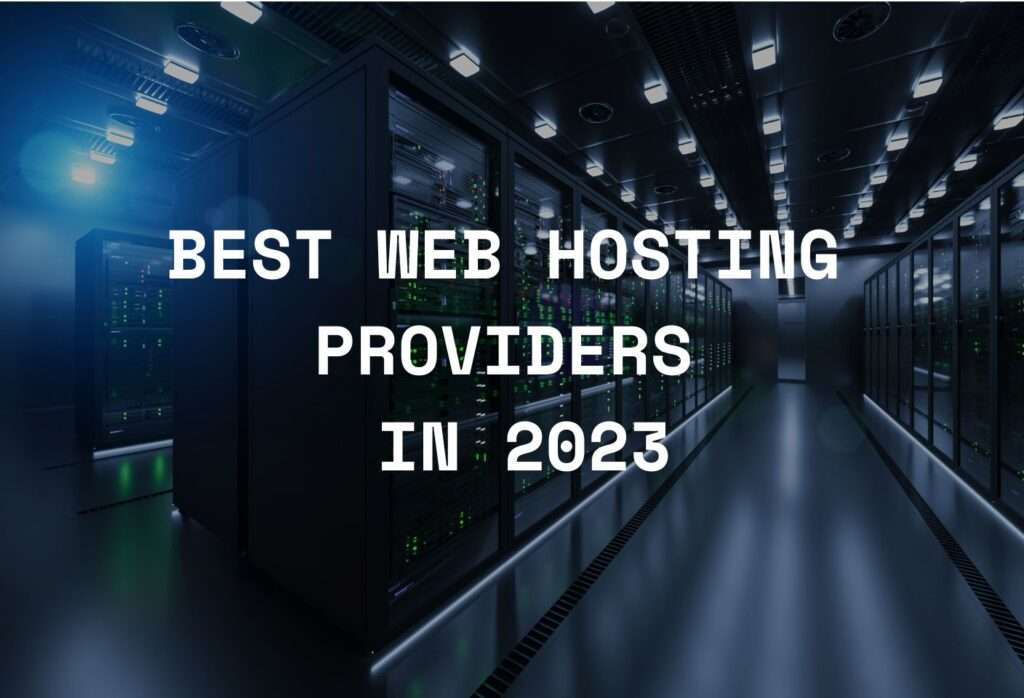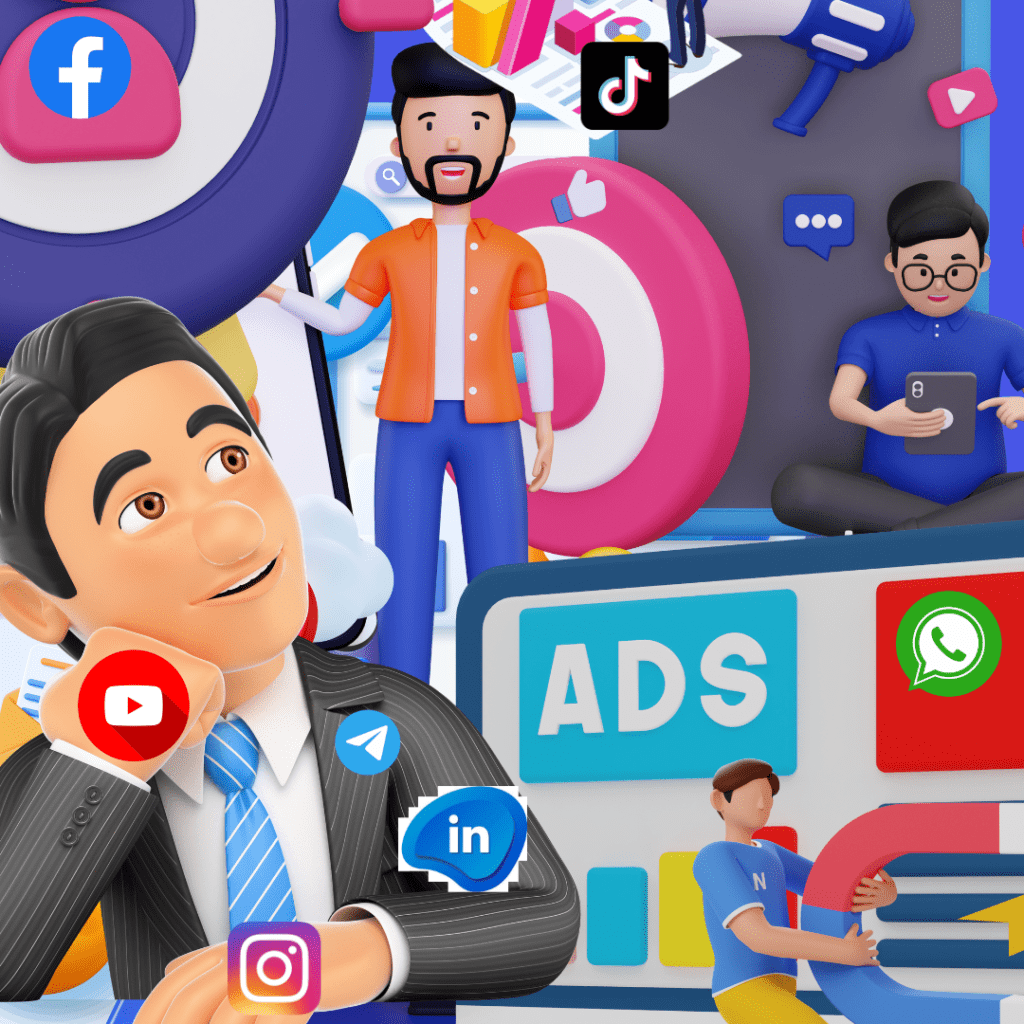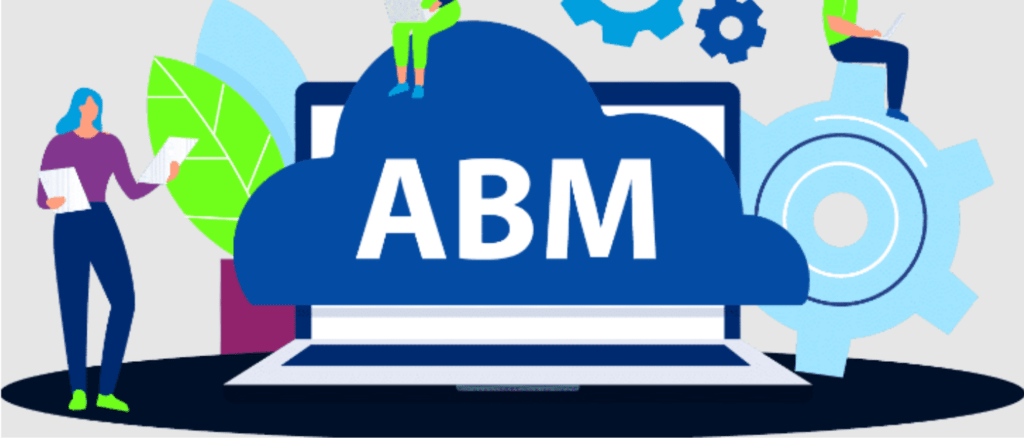The Art of Client Acquisition: A Guide for Freelancers
The Art of Client Acquisition: A Guide for Freelancers Discover the art of client acquisition with this comprehensive guide for freelancers. Learn how to provide value first, create customized videos, and master the art of follow-up calls to boost your conversions and build trust with potential clients. Introduction Finding new clients can often be the most challenging aspect of running your own freelance business. Today, we’re going to break down a strategy that has consistently found new clients and generated tens of thousands of dollars in extra revenue this year alone. This strategy is not just for web designers but for anyone looking to grow their freelance business. Background I am Peyton Smith, and I am not just a web designer. Throughout my college years, I worked as a door-to-door salesman selling pest control. During this time, I was trained by some of the world’s most incredible salespeople and learned strategies that significantly boosted the sales of my web design business. While I may not have been the most naturally talented salesman, I found a way to mesh these principles of sales with my non-pushy personality. This blend created a perfect mix that worked for me to sell web design services. The Game Changer Shortly after I quit my time as a salesman and went full-time on my web design business, a mentor taught me an outreach strategy that completely transformed my business. This strategy opened many client doors and helped me leverage my sales skills and personality to gel with potential prospects. It made the sales process super easy, low stress and took the anxiety out of the process for me. Why People Aren’t Listening Before we dive in and show you exactly how to execute this outreach strategy, there are four main reasons why people aren’t listening when you’re selling your web design services: Innate Resistance: Human beings are trained to say no from a young age. We’ve all seen our parents saying no to salespeople right off the bat. So, we have to be prepared for that and be ready to push through that first no. Lack of Familiarity: They just don’t know you yet. It’s hard to trust or want to listen to somebody that we don’t know. We’ll talk about how to overcome that and help your prospects feel like they know you more than any other salesman. Salesy Perception: You come across as salesy, and people dislike that. We’ll discuss how you can dial down the energy, be more professional, and be less sales, which will make people respect you a lot more. Expectation of a Catch: They always expect that a catch is coming. The Outreach System The best part about this outreach system is that it resolves all four of these issues before you ever meet face-to-face with the prospect. If we can overcome these four things, it will make the sales process super easy for both you and the prospect. How It Works Rather than cold calling or walking right into a business and trying to sell someone your services, you need to provide value first. Here’s exactly what I do every time I go through this outreach process: Identify Potential Clients: I hop on Google and search for law firms and home service businesses in my local area. I look for those with a poor website or a website with obvious issues affecting their conversions. Create a Customized Video: I use a software called Loom to record my screen and my face, creating a customized video. I get on their website, introduce myself, and walk through all the different changes they can make, showing them the benefits that will come from making those changes. Provide Value: I point out concerns I have about their website, their Google ranking, their reviews, their design, the lack of a good call to action, or a broken contact form. I show them exactly what they need to do to increase the effectiveness of their website and improve their online presence. This video is a great way to help them get to know you. You’ll be able to break down a lot of walls, build rapport, and provide lots of value, which will make them want to listen to you because they feel like they owe you something in return. The Follow-Up Call The second phase of this process, which is often forgotten by web designers who aren’t necessarily salespeople, is the follow-up call. If you aren’t following up with these videos, you’re probably not going to get any response. People aren’t going to call you up and say, “Oh my gosh, your video blew me away. I just want to hire you right here on the spot.” But what you need to do is use that video as your ticket in the door to a real, low-stress sales conversation with this prospect. Using Loom, I can see exactly when they’ve watched the video and how much of the video they’ve watched. I set a reminder for two to three days after they’ve seen the video, and then I give that business owner a call. You should know their name and their title so you can go in with all the knowledge you need to understand the situation and act like a professional. It’s important to remember that this is not a cold sales call. You’ve already made that initial contact with them, so you don’t need to feel that anxiety. The Art of Follow-Up The key to this outreach strategy is the follow-up call. This is not a cold sales call, but a continuation of the conversation you’ve already started with your prospect. Here’s how it works: Mention the Video: When you call, mention the video you sent a few days ago. This will help the prospect realize that this isn’t just a cold sales call, but a conversation with someone who has already interacted with them. Be Prepared for Salesmanship: While this approach makes the sales call much easier and less stressful,
The Art of Client Acquisition: A Guide for Freelancers Read More »

